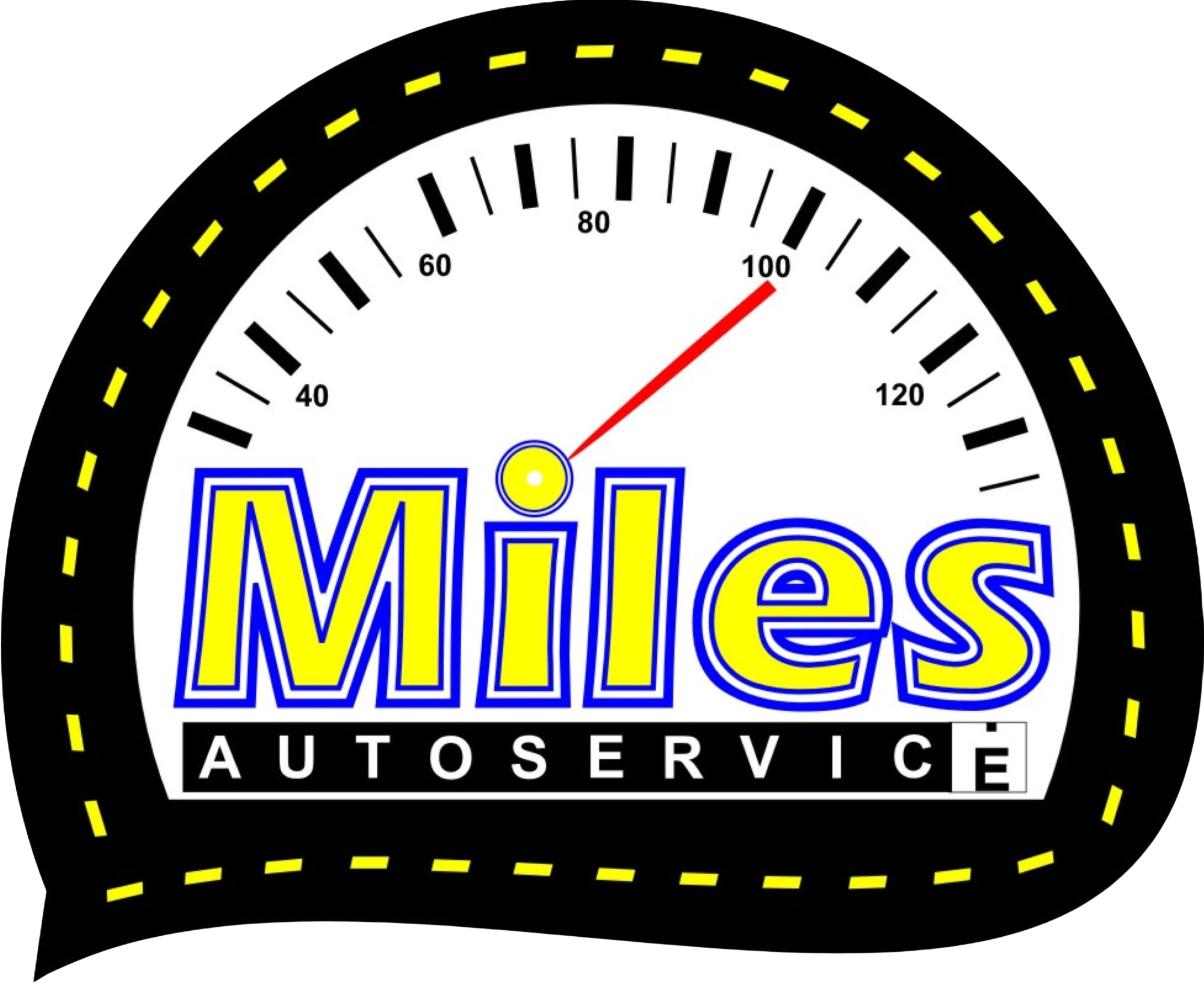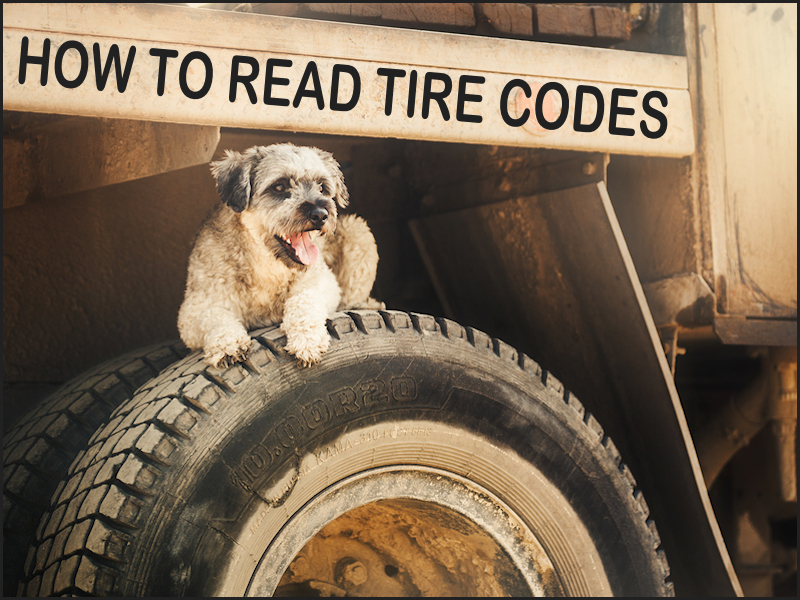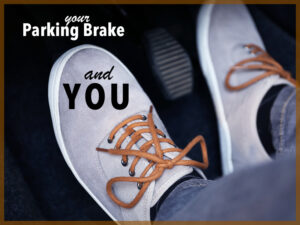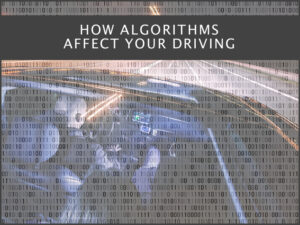Way back in 1971, the National Highway Traffic Safety Administration (NHTSA) mandated a standard tire identification number (TIN). The NHTSA wanted to make it easier to contact owners when a tire was found defective and needed to be recalled.
The NHTSA requires tire manufacturers to mold the unique TIN on at least one sidewall of each tire. This applies to both newly manufactured and retreaded tires. The TIN provides a wealth of information. Provided, of course, that you know what those numbers and letters mean.
Let’s break it down. Keep in mind that not all of these codes are required by law, so not every tire will have every item described here. Here is a sample TIN with all the numbers and letters explained below.
P235/65R15 94H M+S DOT 2M 1812
Metric or Tire Type [P]
The first letter signifies what kind of vehicle the tire is designed for: P for passenger vehicle and LT for light truck.
Tire Width [235]
Next is the three-digit number which identifies (in millimeters) the width of the tire as measured from sidewall edge to sidewall edge.
Aspect Ratio [65]
This is the ratio of the height of the tire’s cross-section to its width. A 65 aspect ratio the height equals 65% of the width.
Construction [R]
This code represents the type of tire construction. R means radial, B is for bias construction.
Rim Diameter [15]
This measurement is in inches and tells you the diameter of the rim.
Load Index [94]
The load (in pounds) that the tire is designed to support when inflated to the recommended pressure. This information is not required by the NHTSA, so it is not always included.
Speed Rating [H]
This represents the maximum speed for which it was designed. Motorists should know that they shouldn’t exceed the speed limit even if their tires are rated for a higher speed.
Capabilities [M+S or M/S]
Mud and snow rating.
DOT Tire Identification Number [DOT]
DOT means the tire meets all US tire manufacturing standards.
Plant Code [2M]
This could be a two or three character code. This tells you the tire manufacturer and location. For this example, 2M is the code for Bridgestone/Firestone in Bloomington Illinois. Fun fact: in 2014, the NHTSA tire coding regulation was amended to expand the tire plant code from two to three characters. The NHTSA had used almost all two-digit plant codes and needed additional combinations to identify the multitude of tire manufacturers.
Date of Manufacture [1812]
These letters and numbers indicate the week and year the tire was produced. “1812” would be the 18th week of 2012.
Now you are prepared to shop for tires with confidence. If you don’t want to commit any of this to memory, that’s okay. Just consult an automotive service advisor at Miles Auto Service. We provide professional tire service and consultation. Let us take care of your tire needs and you won’t need to remember any of this.
https://www.nhtsa.gov/equipment/tires
http://www.tiresafetygroup.com/tire-dot-plant-codes-sorted-plant-code/





